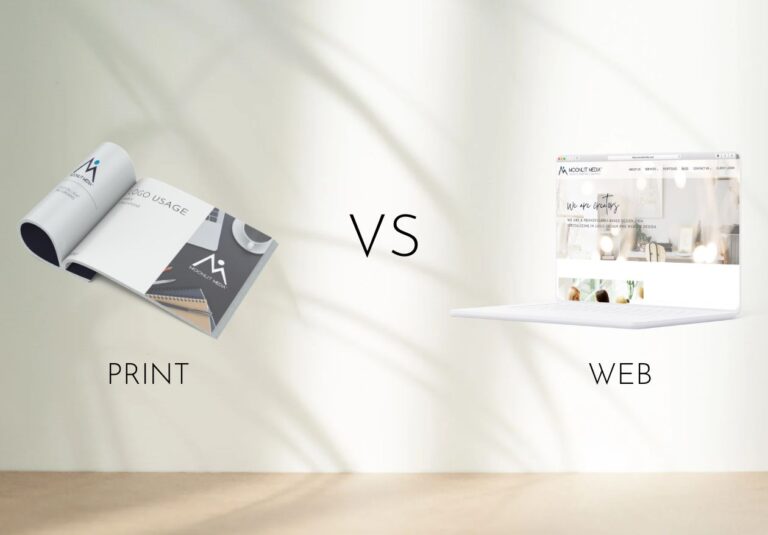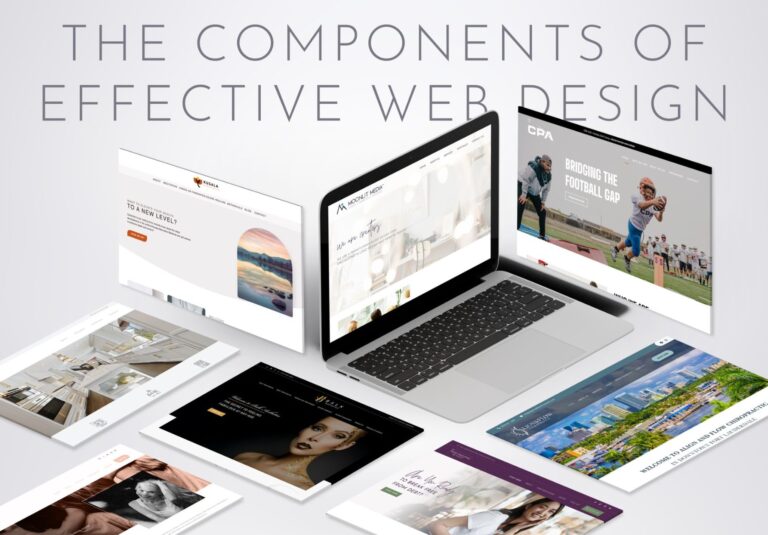In the ever-evolving world of graphic design, having the right design software and tools at your disposal can make all the difference between a mediocre project and a masterpiece. With a plethora of design software and tools available in the market, each boasting unique features and capabilities, choosing the right one for your needs can be a daunting task. In this blog post, we’ll take a deep dive into some of the most popular design software and tools, comparing their features, pros, and cons to help you make an informed decision.

Adobe Creative Cloud
Overview: Adobe Creative Cloud is a comprehensive suite of design software that includes industry-standard tools such as Photoshop, Illustrator, InDesign, and more.
Pros:
- Extensive range of tools for various design needs, from photo editing to vector graphics and layout design.
- Seamless integration between different Adobe applications, allowing for smooth workflow transitions.
- Regular updates and new features added to keep up with industry trends and technological advancements.
Cons:
- Subscription-based pricing model can be costly for individual users or freelancers.
- Steep learning curve, especially for beginners.
- Requires a powerful computer to run smoothly, particularly when working with large files or complex projects.

Sketch
Overview: Sketch is a vector graphics editor primarily used for UI/UX design and digital product design.
Pros:
- Intuitive interface with a focus on simplicity and efficiency.
- Robust features specifically tailored for digital design, such as symbols and artboards.
- Extensive plugin ecosystem that enhances functionality and workflow customization.
Cons:
- Limited compatibility with non-Mac platforms, as Sketch is exclusive to macOS.
- Lacks some advanced features found in other design software, such as print design capabilities.
- Collaboration features are not as robust as other tools like Figma or Adobe XD.

Figma
Overview: Figma is a cloud-based design tool that enables real-time collaboration and prototyping.
Pros:
- Cross-platform compatibility, accessible via web browsers on any operating system.
- Powerful collaboration features, including real-time editing and commenting.
- Seamless prototyping capabilities, allowing designers to create interactive prototypes within the same platform.
Cons:
- Performance issues can arise with large and complex projects, especially when multiple users are working simultaneously.
- Limited offline functionality, as Figma relies on an internet connection for full functionality.
- Some users may find the interface less intuitive compared to other design tools.

Canva
Overview: Canva is a user-friendly graphic design platform that caters to non-designers and professionals alike, offering a wide range of templates and design assets.
Pros:
- Beginner-friendly interface with drag-and-drop functionality.
- Extensive library of templates, graphics, and fonts, making it easy to create professional-looking designs quickly.
- Affordable pricing plans, including a free tier with basic features.
Cons:
- Limited customization options compared to more advanced design software.
- Less suitable for complex design projects or professional-grade work.
- Export options are somewhat limited, especially for print design projects.
- Designs and icons that may resemble trademarks already registered by other companies.
Design Software Conclusion
Choosing the right design software and tools depends on your specific needs, preferences, and level of expertise. Adobe Creative Cloud remains the industry standard for its comprehensive feature set and versatility, but alternatives like Sketch, Figma, and Canva offer compelling options tailored to different design workflows and skill levels. Whether you’re a seasoned professional or a novice designer, exploring and experimenting with differe








